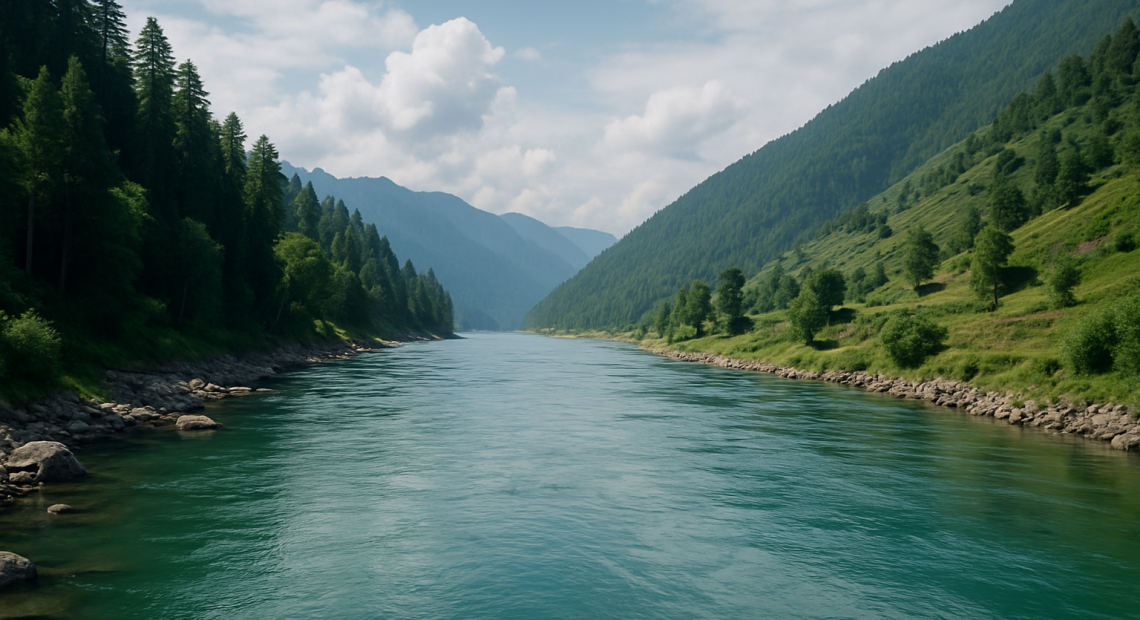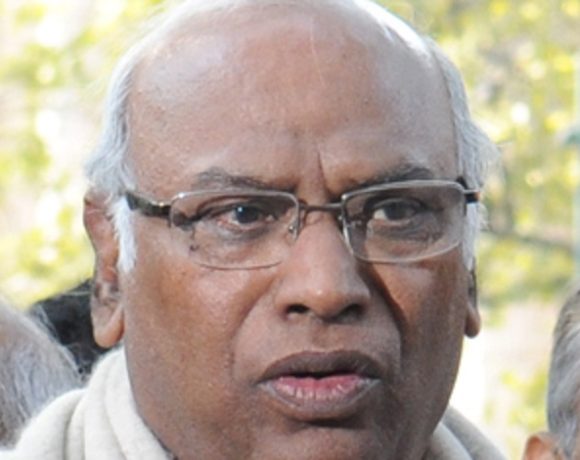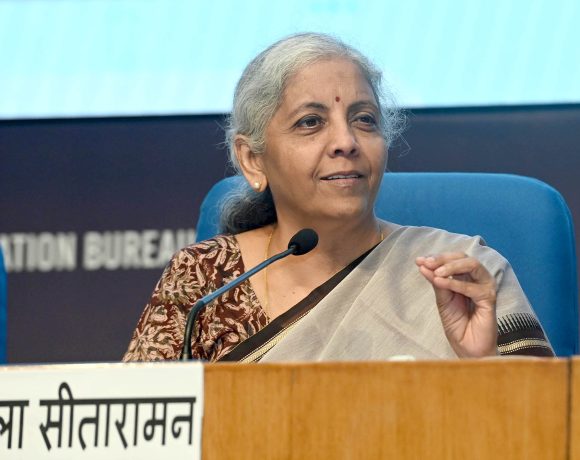
India Opens Salal Dam Gates Amid Indus Treaty Suspension
India has opened most of the gates of the Salal Dam in Jammu and Kashmir’s Reasi district, marking a significant move amid the ongoing suspension of the Indus Waters Treaty with Pakistan. The dam, constructed across the Chenab River, is now releasing a high volume of water downstream, triggering concerns of rising water levels across the border.
This action follows India’s similar move on Thursday when it opened most of the sluice gates of the Baglihar Dam, also located on the Chenab River. That release had already raised the specter of potential flooding in Pakistan’s border areas, particularly in the Punjab province.
Indus Waters Treaty Suspension Impacts River Flow
The Indus Waters Treaty, brokered in 1960 with World Bank mediation, allocates control over six rivers between India and Pakistan. While India controls the eastern rivers (Ravi, Sutlej, Beas), Pakistan has control over the western rivers (Indus, Jhelum, Chenab), though India retains non-consumptive rights over the latter. In the aftermath of escalating tensions and recent cross-border hostilities, India has “suspended the implementation of the Indus Waters Treaty,” and opened dam gates on the western rivers under its jurisdiction.
Strategic Shift in Water Release Policy
This shift in water release from key dams on the Chenab is widely seen as a symbolic but strategic step by India. “This was the first symbolic step taken by India to temporarily restrict the flow of Chenab river, which is covered under the treaty.” The move comes in the backdrop of a broader reassessment of bilateral ties following heightened provocations from Pakistan.
Flood Risk Increases Across the Border
With the sluice gates opened at both Baglihar and Salal dams, the sudden surge in water flow has sparked alerts in several downstream regions of Pakistan. Local authorities have been warned about potential flash floods, especially in areas close to the international border. While India maintains that the dam operations are within its technical rights, the political signal is unmissable.
The Salal Dam, a run-of-the-river hydroelectric project, plays a critical role in power generation and water management in Jammu and Kashmir. However, its gates have rarely been opened in such quick succession with Baglihar, underscoring the evolving dimensions of India’s water strategy in response to continued ceasefire violations and terror activities allegedly sponsored from across the border.
As diplomatic channels remain tense, the dam release adds a new variable to the growing list of strategic tools India appears ready to use in this phase of bilateral confrontation. The implications of this shift in river management policy will likely be closely watched by both domestic and international observers.


















